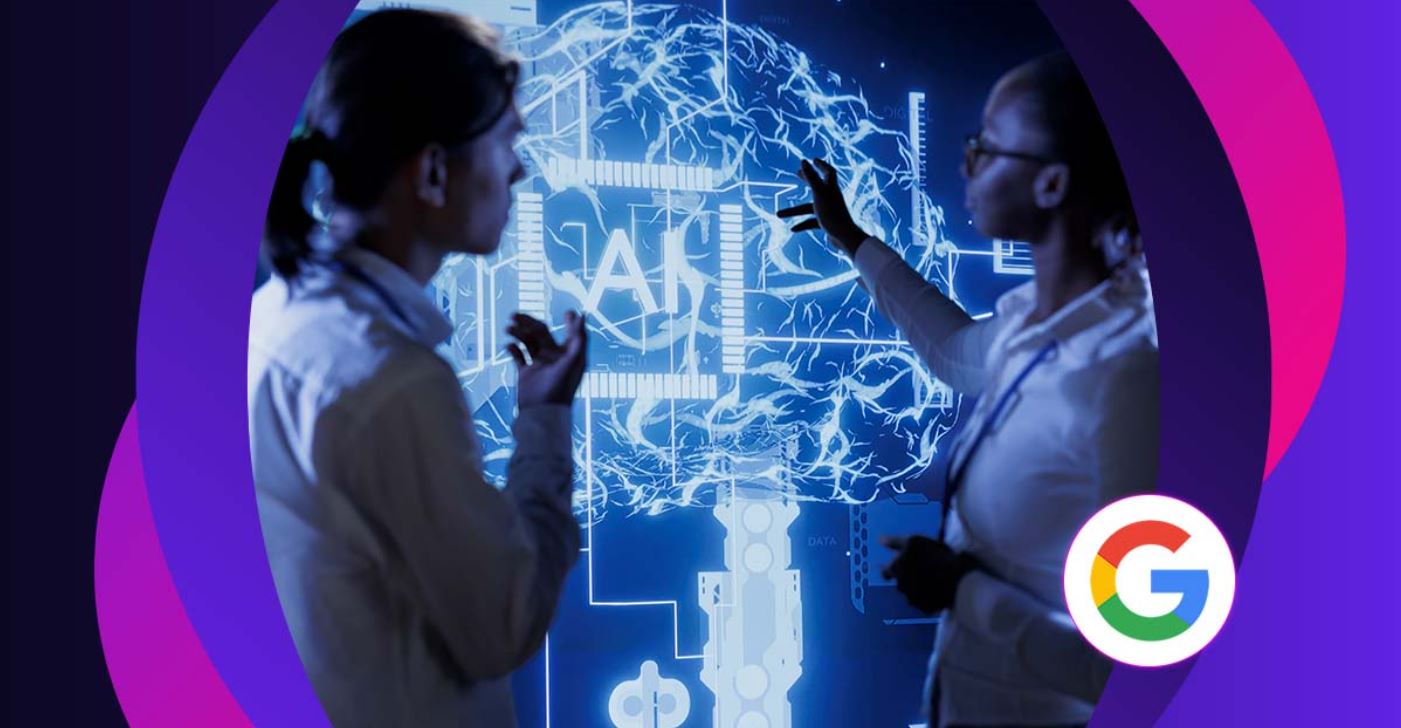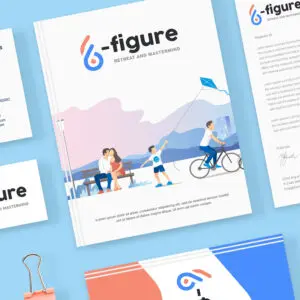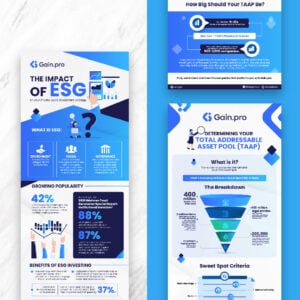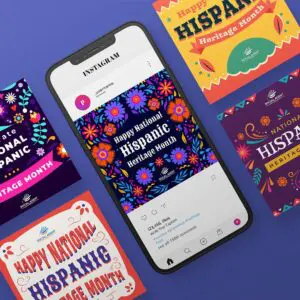
Generative AI is a cutting-edge branch of artificial intelligence that can produce original content. The recent developments allow anyone to create stunning text, graphics, and videos in just a few seconds. Google also uses human interactions with Search to develop and improve experiences and machine learning. However, you might want to turn it off due to privacy concerns, information overload, etc. Generative AI can bombard you with suggestions, auto-completes, and additional information. So, it would be great if you could turn off Google generative AI. This guid can help you focus on the task at hand without distractions.
Identifying Generative AI Features and Benefits
Generative AI are pre-trained models, which drive ChatGPT, are among the AI architecture innovations that automate, augment humans or machines, and autonomously execute business and processes.
The benefits of generative AI include:
- Faster product development
- Enhanced customer experience
- improved employee productivity
While generative AI offers exciting possibilities, its effectiveness depends on your needs. Don’t expect miracles – “as-is” services have limitations. AI-generated work can be inaccurate or biased, requiring human review, which might negate some time-saving benefits.
Focus on results! Linking your use cases to key metrics (KPIs) to ensure generative AI improves efficiency, boosts revenue, or enhances customer experiences. In a recent Gartner survey, customer experience topped the list (38%) for why businesses invest in generative AI, followed by revenue growth (26%), cost reduction (17%), and maintaining operations (7%).
Specifically, the introduction of Google Generative AI features aims to make the user experience more efficient. Here are the common examples:
- Auto-complete in Search: As you type your query, Google might use generative AI to suggest relevant searches or even complete your sentence by predicting what you’re looking for.
- Smart Compose in Gmail: This feature suggests complete sentences or even entire emails based on the context of your message.
- Style Suggestions in Docs: Generative AI can analyze your writing style and suggest improvements like rephrasing sentences or changing the tone for better clarity.
- AI-powered Summarization: Google products like Docs or Assistant might use generative AI to summarize lengthy documents or audio recordings, saving you time.
- Content Creation in Slides or Chrome Canvas: Generative AI might create new design elements or suggest visuals based on your chosen theme or topic.
- Data Insights in Sheets: Tools like auto-completion and formula generation can leverage generative AI to help you analyze data sets and generate reports faster.
These are just a few examples, and Google is constantly exploring new ways to integrate generative AI for a more user-friendly experience.
Turn off Google Generative AI: A Step-by-Step Guide
If you are enrolled in the new Google Search Generative Experience (SGE) but realize that traditional search results are more effective, you can turn off the AI experience. You will learn how in this section.
SGE is the experience that appears at the top of search results and uses AI to generate a complete answer from a query using the knowledge of the web without you having to open a web link. Although AI can answer virtually any question, the technology is still in its early stages, so it’s only sometimes accurate.
Suppose you find that answers need to be more accurate or realize that you prefer the traditional result page with links. In that case, it is possible to disable the Generative AI from the results page.
To disable the Search Generative Experience (SGE) on Google, use these steps:
1. Open Google Search (web).
2. Click the Search Labs button in the top-right.
3. Turn off the SGE toggle switch to turn off the generative AI search results.
Once you complete the steps, Google will no longer present answers using AI (the SGE experience) in search results.
To enable the Search Generative Experience (SGE) on Google once again, use these steps:
1. Open Google Search (web).
2. Click the Search Labs button in the top-right.
3. Turn the SGE toggle switch to enable Google AI in search results.
4. .Click the I agree button.
After you complete the steps, the next time you perform a search, Google will show you a traditional page with results alongside a complete answer using the Search Generative Experience.
Additional Considerations
If you’re curious about the cost of creating organic content, it’s essential to consider various factors such as research, writing, and editing. Similarly, if you’re concerned about the impact of generative AI, explore options for turning it off on platforms like Google. SGE offers a new way to interact with search results by providing summaries and answers directly on the search page. However, there are reasons why some users might choose to turn it off:
Regarding accuracy, SGE is still being worked on and might only sometimes be right. Like any AI, it uses the data it learns from, which can sometimes mean mistakes or biases in what it says. People who want exact info prefer regular search results and check facts themselves.
Additionally, SGE doesn’t always show the sources it uses to generate its answers. This lack of transparency can make it challenging for users to assess the credibility of the information presented. Users who value understanding the origin of information prefer the traditional format with links to different sources.
Moreover, some users prefer the traditional search experience, allowing them to explore different sources and form conclusions. They might find SGE’s summaries and answers limiting or restrictive.
Conclusion
Following the steps on how to turn off Google generative AI, you can take control of your Google experience and decide how much AI assistance you prefer. Having user control over generative AI helps users remain productive while leveraging the power of this innovative technology. This ensures you can stay informed and adapt your settings as Google’s AI capabilities evolve. Ultimately, the choice is yours! Whether you prefer a fully AI-powered experience or a more hands-on approach, Google offers the flexibility to customize your interaction for maximum productivity.
About the author

Rowena Zaballa
With a background as a former government employee specializing in urban planning, Rowena transitioned into the world of blogging and SEO content writing. As a passionate storyteller, she uses her expertise to craft engaging and informative content for various audiences.
























